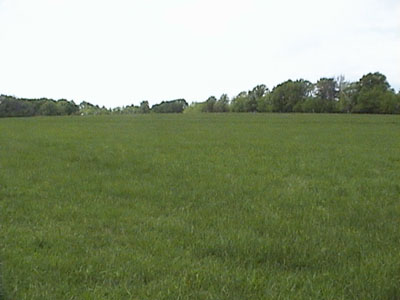Lessons from Centralia
3:00 p.m.
Major Johnston arrived in Centralia with about 150 men. None were prepared for the carnage they found — naked, twisted bodies covered in blowflies, a body literally shot to pieces, another corpse melted into a barely identifiable mass. Many of the 39th Missouri, having never seen battle, much less such atrocities, became ill and began vomiting. Johnston’s resolve only grew.
“How many men were here?“ he demanded of the residents. “About 80,“ was the response, “but there’s said to be about 400 camped outside of town.“
“But you said there were only 80 here?†Johnston’s patience was growing short.
Over and over again Johnston heard that only 80 were in town — but hundreds awaiting beyond. He was sick of these rumors and exaggerations. The smell of burning flesh filled his nostrils. He refused to believe he was outnumbered because he had become too focused on catching the fiends who had perpetrated this evil.
{default}Leaving two dozen troopers to secure the town and guard their wagons, he urged his men in pursuit of the guerrillas.
4:00 p.m.
A mile and a half from town, it appeared that Johnston would get his revenge. His advance men were skirmishing with guerrillas who turned and fled from the federal pursuit. Shortly, Johnston came to a rise where Anderson’s company was in plain sight. They had just disappeared into the woods when they turned and began forming a line of battle, exactly what Johnston wanted! The major was perplexed when he saw the guerrillas dismounting, not realizing they were merely cinching their saddles tighter in preparation for a charge. He ordered his men to dismount and sent the horses to the rear of the column, knowing the muzzle-loading Springfield rifles shouldered by his troops had a much longer range than the pistols most of the irregulars were carrying. He ordered his men to fix bayonets. An autumn calm descended on the field as the enemies faced one another in silence. It wore on Johnston’s nerves.
“Come on,†he yelled, “we are ready. . . .†But no one could be ready for what was about to unfold.
“For a moment we moved slowly,†said Frank James who, along with his younger brother, Jesse, was riding with Anderson. “Our line was nearly a quarter of a mile long, theirs much closer together. We were still some 600 yards away, our speed increasing and our ranks closing up. . . .â€
Johnston was cool. He ordered his men to hold their fire until the signal was given, told them to aim low. Then he saw them. Emerging from the trees behind the advancing guerrillas was another line of horsemen — a line more than double the first. And from the ravine to the north, another long line of riders. He wheeled to the south and the same vision. Hundreds. There were hundreds. Hundreds. The major quietly dismounted, drew his saber and turned to face the inevitable.
Dusk
Heads of Johnston’s dead Union Soldiers were severed and set upon fence posts to grin mockingly at one another. Genitals were cut off and placed in the mouths of the victims. Crude epitaphs were written across the bodies. Guerilla Dave Poole hopped from body to body in a lurid attempt to count them. The Union burial detail sent later to police the field of slaughter said most of the victims were young, small, and few had begun to grow a beard.
Jesse James, only 17 years old at the time, was credited with killing Major Johnston.
Today
On the battlefield today are a group of US Army sergeants headed to Iraq. Each one has been given a piece of the puzzle to study, but before today, they have not seen the entire picture. Jay Jackson, volunteer historian, has muskets with fixed bayonets and he leads his troops to the hilltop where Johnston stopped his men. He tells them they are dismounted and that there are guerrillas coming at them from three sides; he then asks them to look around and analyze the situation. “What should you have done differently?†he asks the Soldiers.

[continued on next page]

